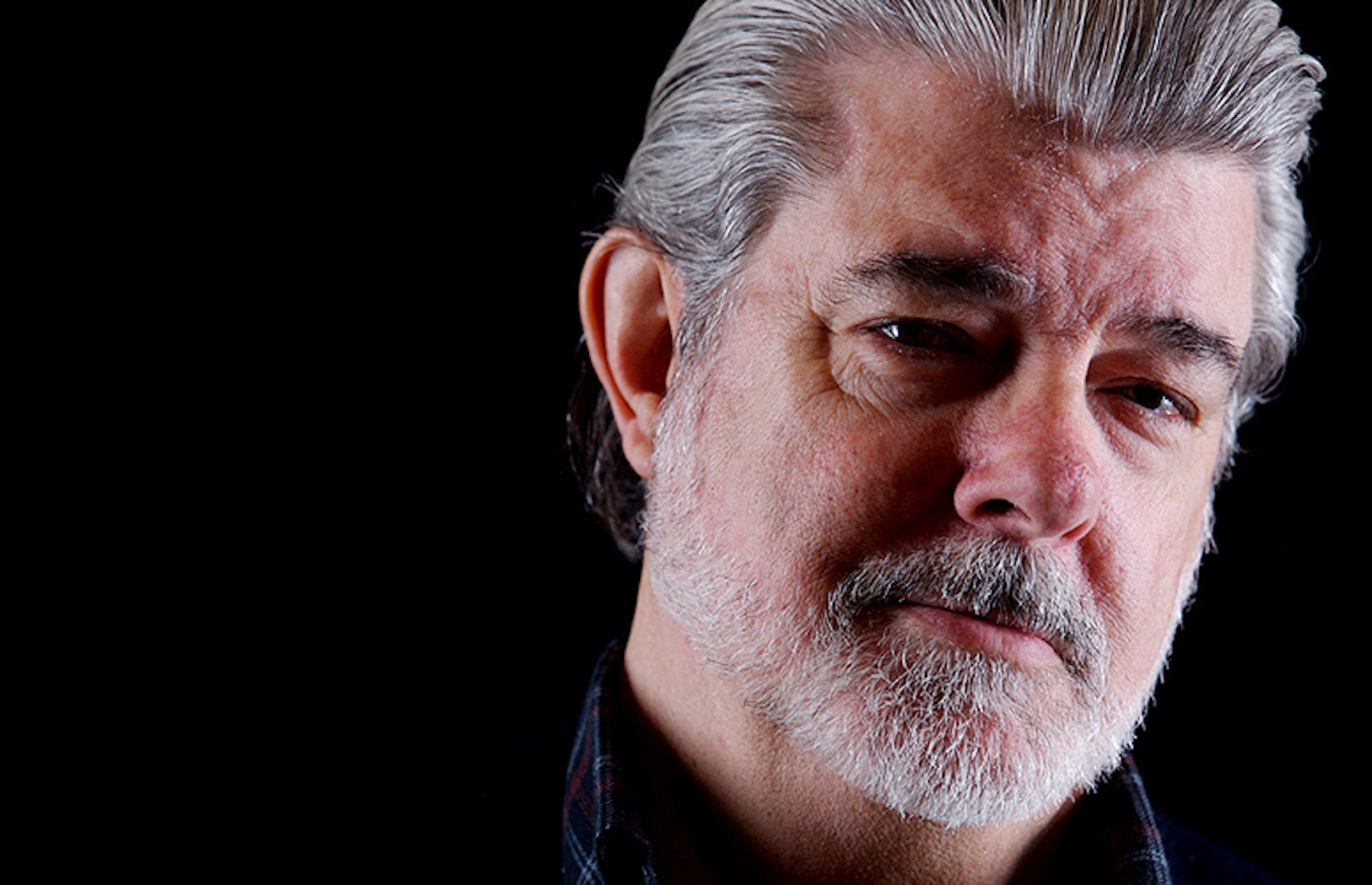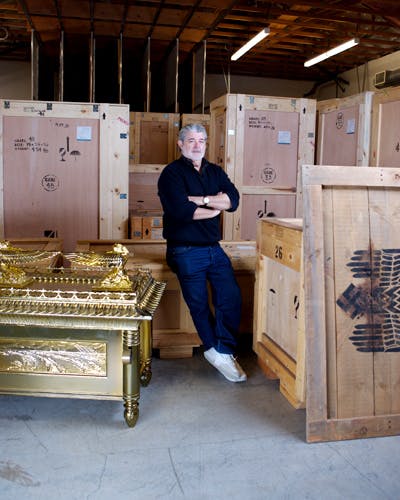This article first appeared in issue 227 of Empire magazine. Subscribe to Empire today{
PORTRAITS: SARAH DUNN

It’s hard to define exactly why Indy’s remained so popular for so long. I’d love to claim that we had the formula for success hidden away somewhere, but that’s just not the case. Were were making movies that we wanted to see, and we were having fun doing it.
Raiders Of The Lost Ark was designed to be entertaining. Of course, I realize that all movies try to be entertaining on one level or another. But with Raiders, entertainment was our explicit focus and sole objective. We wanted to make a roller-coaster ride that hearkened back the serials of the 1930s – something big, fast and fun.
That started right up front, from the way the movie opened. The story was already in full swing; the audience had to run to catch up and get on board, because it was a speeding train and that was the effect we wanted. Indy’s world was in motion. Indy himself was lived in. He always looked like he was just coming off some other great adventure, like he never slowed down to catch his breath.
From the moment we first met him in Raiders, it was clear that Indy was hero who was used to this kind of thing. Steven, Larry and I wanted the audience to follow him willingly into dark caves filled with spiders and booby traps and who-know-what-else. It didn’t matter why he was going into those caves, just that he was going - whether anyone went with him or not. We wanted to convey his confidence and give the character enough self-assurance that he would make the audience feel comfortable and slightly off-balance, all at the same time.
Indy also captured the classic duality of a modern hero: the ‘secret identity’. Dr. Henry Jones is really just a regular guy – a mild-mannered college professor by day, wearing glasses and tweed coats. But he also has an ability to transform himself into a rugged, globetrotting adventurer, to become Indiana Jones.
%20%20*%22Doom%20was%20definitely%20an%20experiment,%20and%20some%20people%20had%20a%20really%20visceral%20reaction%20to%20that.%22*%20*Steven%20Spielberg*%20%20
So, we had our hero and we had our story. We had this concept of a throwback to the serials of the 1930s. We had the roller-coaster tone, and we certainly had high hopes that it would all come together into something really special. It worked on an emotional level that enhance the thrills, and I knew that, at its core, it was a really good movie. There wasn’t anything really like Raiders at the time, and we were all fairly confident that we’d have a success with it. It was the first time I’d worked on something that I knew would be a hit. But, still, everyone was surprised by just how well audiences responded.
Making it was the sort of experience you always hope you’ll have but rarely do. Working with Steven was something I had always wanted to do; we were friends, first and foremost, and even through our careers were very different, we shared a lot of common ground. We both wanted to make the movies we wanted to see. Really, everyone on the movie shared a similar vision for this new kind of adventure. And because of I was the executive producer, I was able to remain closely involved, without having to deal with all the pressures of directing. I was more than happy to let Steven deal with those. So the whole process itself was really enjoyable, and the film’s success was just the icing on the cake.
Success is a good thing in a lot of ways, especially because it gives us the freedom to do more. Raiders allowed us to make Doom, and Doom allowed us to try something different, to take Indy in a much darker direction. It was definitely an experiment, and some people had a really visceral reaction to that. But I’ve found it’s impossible to make something for everyone, so the best I can do is make the movie I want to make. We were trying to find something new and interesting with the concept, because there’s no point in doing the same thing again.
In Last Crusade, the experiment was to add in this father/son aspect that was totally different from anything we’d seen in the previous two films. It wasn’t clear that the whole thing was even going to work, and then Steven brought in Sean Connery and things really started to click. He was great, and Steven in particular was really excited to about having him on board. In a lot of ways, the Indiana Jones movies were always intended as James Bond homages, and the we got James Bond himself to show up to be part of our project! It was a huge thrill for us at the time, and with all the enthusiasm around it, that relationship really took on a life of its own.
Ultimately, I think that’s what makes Indy endure. We all love making these moves, and we wouldn’t be doing them if we didn’t feel like we could bring something new to each one. From the beginning we’ve had fun trying to come up with ways to surprise people. As long as we can keep ourselves entertained, I think and I hope the audience will come along for the ride.
Head back to our Indy hub for more exclusive features and interviews celebrating all four Indiana Jones movies.
 ![] Empire Magazine
![] Empire Magazine
For the best movie coverage every month, make sure you subscribe to Empire magazine - also available to download on iPad.

